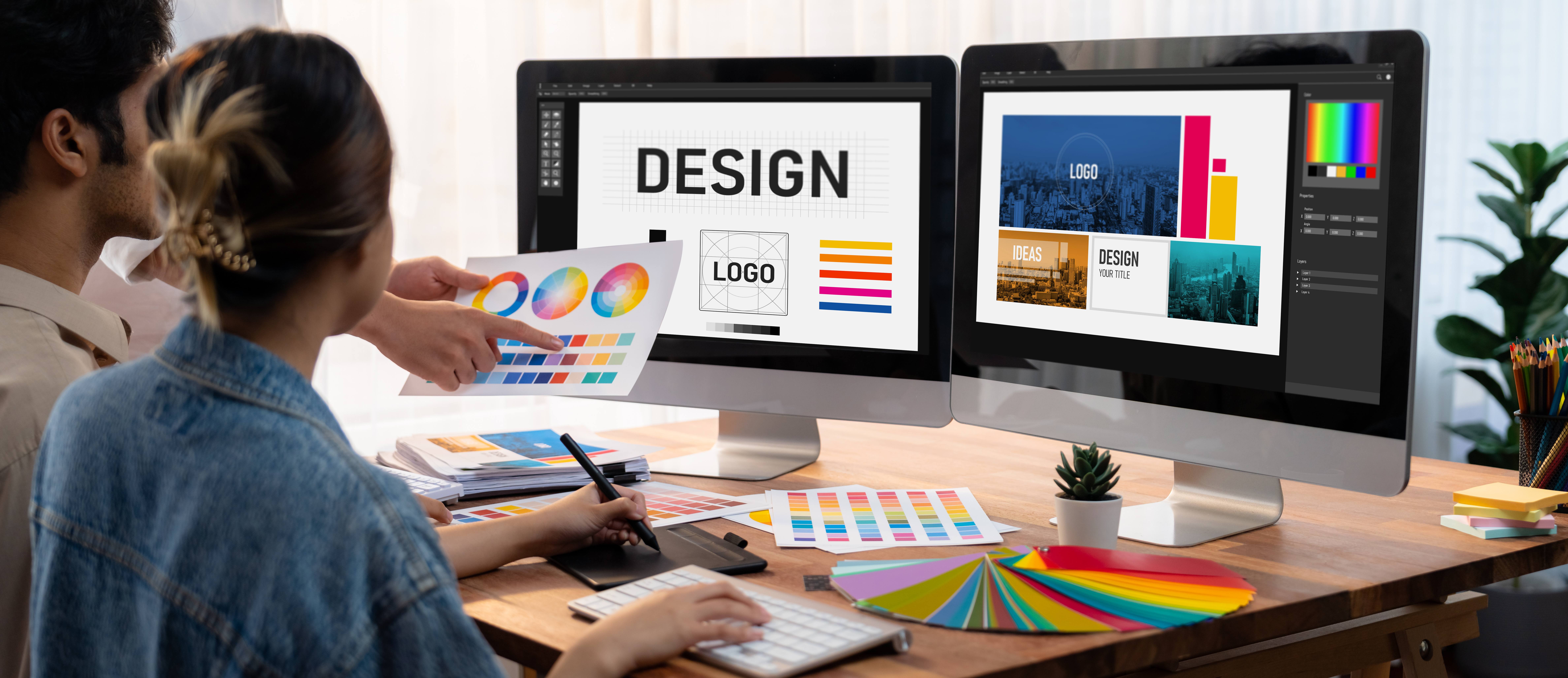Social media, and specifically the technology that drives social media, has come a long way in the last few years, clearing a path for what has now become the new age of online video.
However, unlike the golden age of cinema in the 1930’s, when new audio and filming technologies brought an end to silent films and begat “talkies”, today the reverse is true. Better mobile hardware and faster data plans have led to not only a “mobile-first” world, but increasingly, a “video-first” one. Pair that with the ever-shrinking collective attention span, and you now have customers that are glancing at their smartphones every few minutes, with the sound off.
An overwhelming 85 percent of consumers are watching videos from their mobile devices. Many are watching videos on their phones while waiting in line for coffee, riding in their Uber or Lyft, and/or scrolling through their news feed in bed before they go to sleep. Typically, whenever we get a minute or two to rest in between activities, we are looking through our feeds, and usually find ourselves watching video and skipping past static images. All of this mobile video viewing means that marketers have more opportunities than ever to reach an audience at any time of the day or night. Luckily, marketers are mostly ahead of the curve, and creating ways to adapt to and disrupt these behaviors, resulting in more engagement and brand awareness for their clients.
As the Visual Media manager here at Marketing Refresh, my main job is to fully understand the client’s story and goals, merge that with the content strategy determined by my teammates, and produce engaging and authentic content in the form of videos for use on multiple channels and applications. More and more this means short, like REALLY short, videos for social media.
One of our previous blogs dealt with creating Gifs for social media. Those are definitely effective and attention-grabbing, but tend to be used to support written content. Video is more about telling all or part of a client’s story in a short amount of time, usually with little or no text, in a way that engages the viewer, and causes them to take action.
So with all that being said, here are a few steps you can use to ride the video express train to awesomeville, and make an impact on the success of your clients.
1. Be attention-grabbing, right away. Begin the video with an eye-catching, image or motion graphic, because your video will be competing with an entire newsfeed jam-packed with exactly that.
2. Tailor the length of the video to best fit the application or audience. That means you want to keep it under 60 seconds. If possible, make your video 30 seconds or less for an even better result, since this seems to optimum for increasing engagement in the form of comments.
3. Plan for the possibility of a silent film. The majority of videos that autoplay on social media will play with the sound muted. For Facebook videos that autoplay, about 85% of viewers never turn the sound on. Make sure your video stands alone without the audio. If there is a critical audio component, such as a voice-over, try to incorporate text in a creative way to make sure your point gets across.
4. Pick a great thumbnail for your video. Many platforms will auto-play your video. However, this feature may be disabled by the viewer. Make sure your video has a great thumbnail that entices the viewer to push play. For example, if you’re showcasing a product, make sure you can see the product in the video thumbnail.
5. Have a clear and direct call to action. End the video in a way that resonates with the viewer and calls attention to the product or brand. Then give them a place to go, so that they are less likely to scroll to the next video in their feed.
It is estimated that by 2020, over 80% of all consumer internet traffic will be in video format. Social video marketing is one of the most effective ways to engage and connect with your target audience. Use these tips to better connect with your viewers, and stay tuned to our blog and YouTube channel for more information and examples on how to creatively and effectively get your message across.


